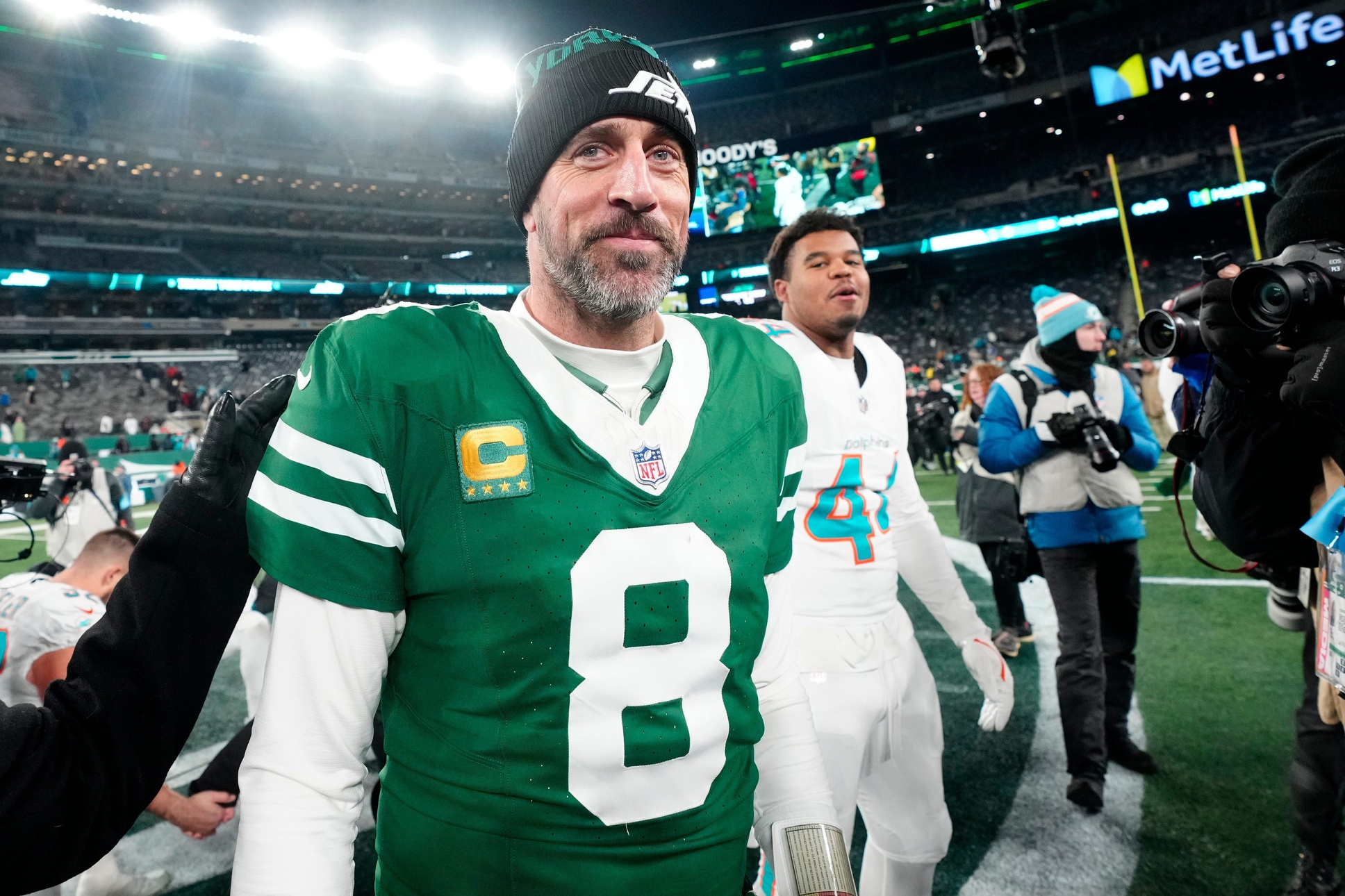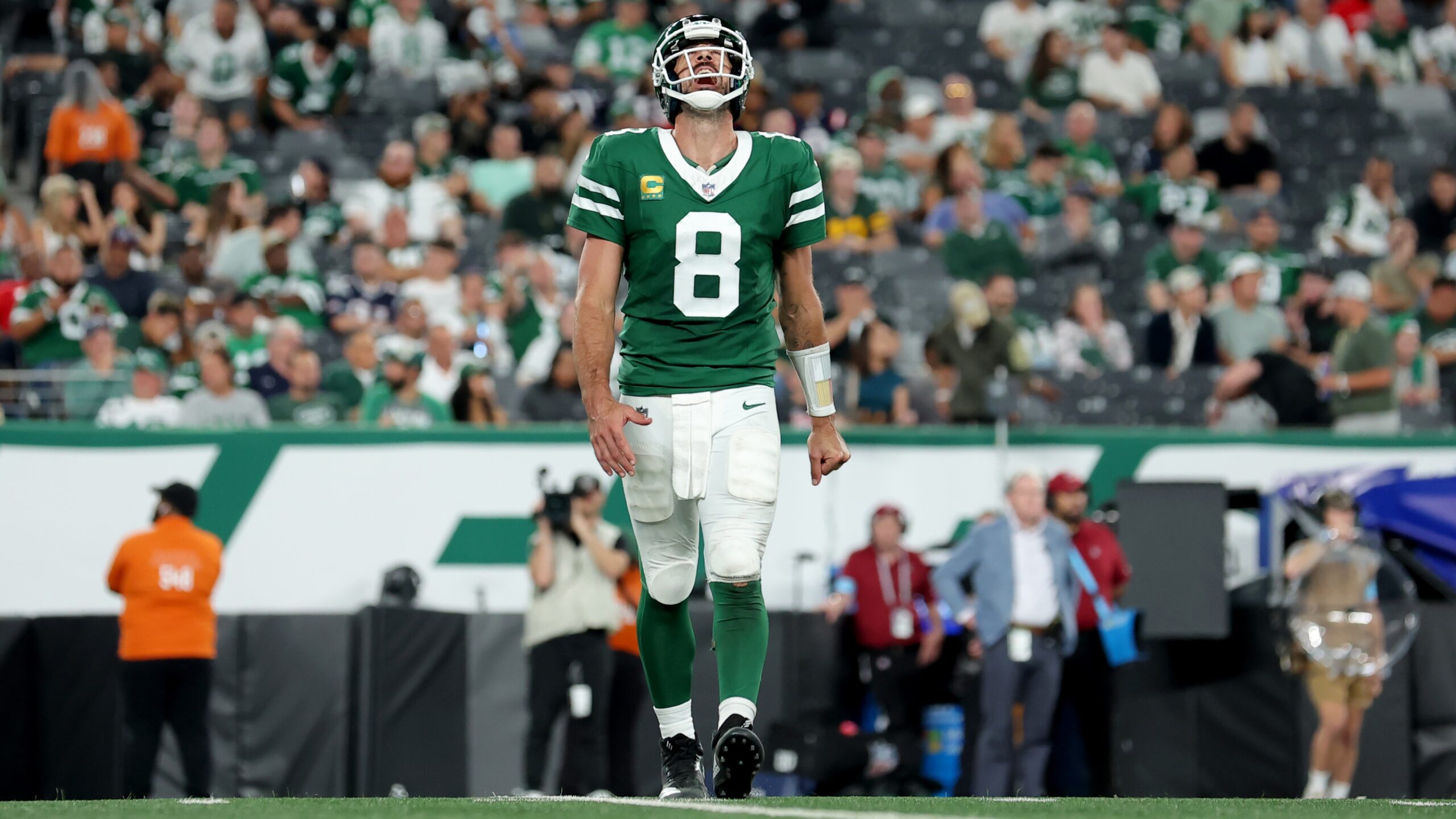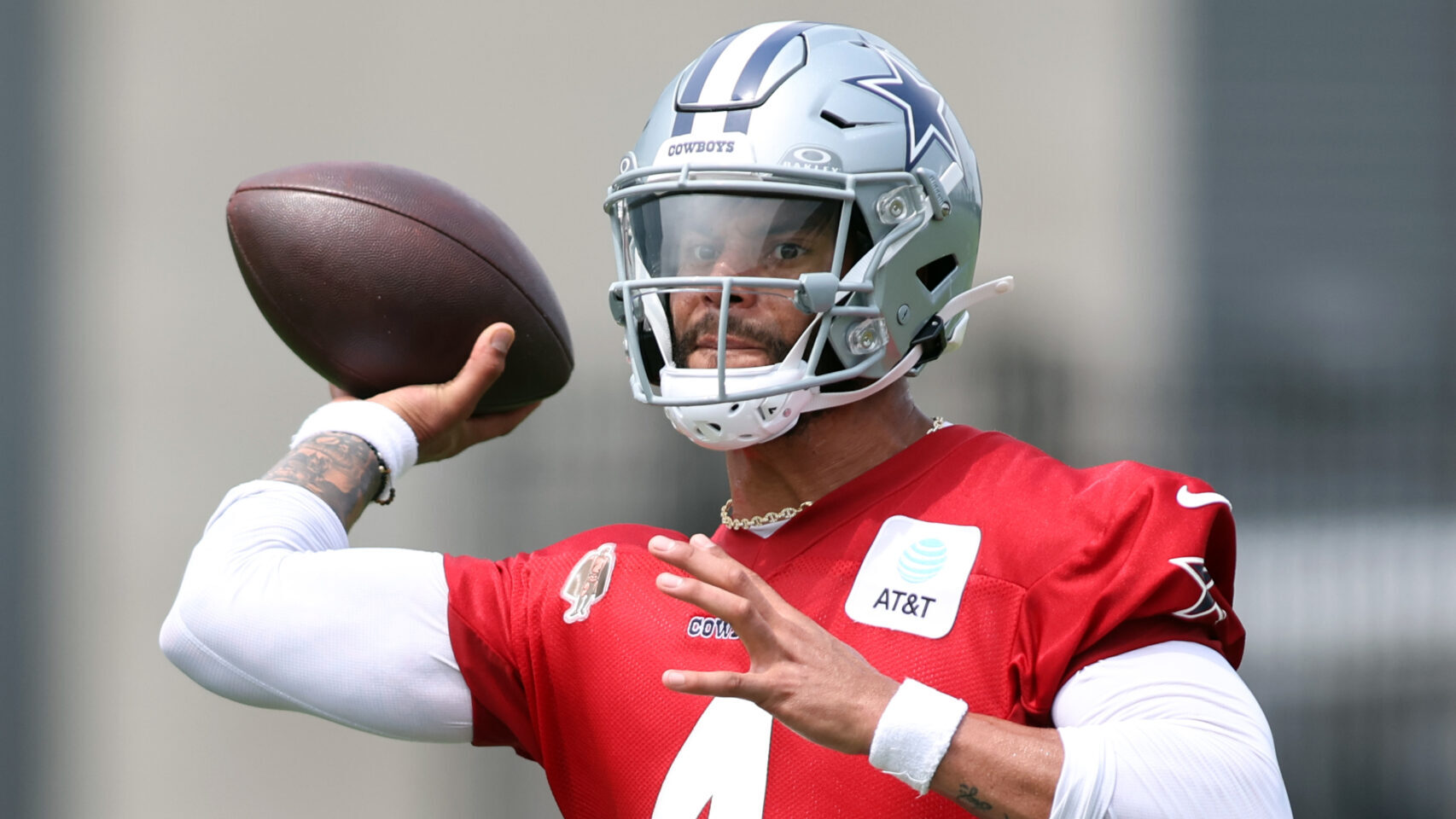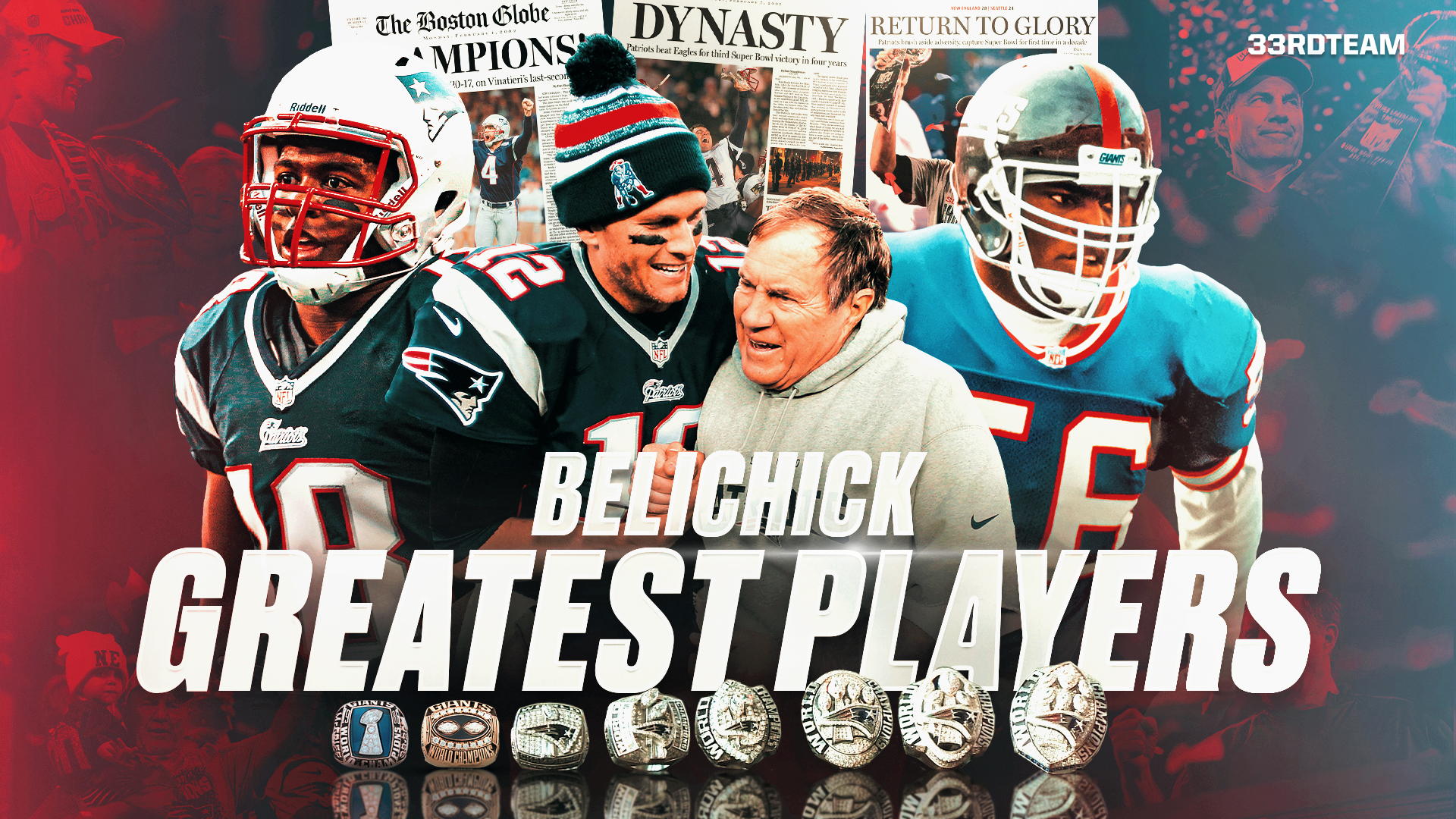Analysis
4/4/22
5 min read
Who Won the Saints-Eagles Trade and Who Could New Orleans Be Targeting?

In an unusually timed out swap of draft picks, the Eagles and Saints exchanged eight total picks on April 4th - 3 weeks before the 2022 NFL Draft. The Eagles, who held three 1st round selections in the 2022 Draft, traded away two of them as well as a 6th rounder (No. 194 overall) for a 2022 1st (No. 18), 3rd (No. 101), 7th (No. 237), 2023 1st, and 2024 2nd.
The Jimmy Johnson and the Fitzgerald-Spielberger draft trade charts seem to differ when analyzing the value that each team received in this trade.
| Eagles | Jimmy Johnson | Fitzgerald- Spielberger | Saints | Jimmy Johnson | Fitzgerald- Spielberger |
| 2022 #18 | 900 | 1535 | 2022 #16 | 1,000 | 1595 |
| 2022 #101 | 96 | 661 | 2022 #19 | 875 | 1508 |
| 2022 #237 | 1.7 | 229 | 2022 #194 | 14.8 | 330 |
| 2023 1st | 420 | 1038 | |||
| 2024 2nd | 70 | 609 | |||
| Total | 1,487.7 | 4,072 | Total | 1,889.8 | 3,433 |
It’s worth noting that NFL teams usually discount the value of future picks. Here, we’ve discounted the 2023 and 2024 selections by one draft round per year and assumed it will be the 16th pick of the round. Hence, in this case, the 2023 1st rounder is valued as a mid-2nd round selection and the 2024 2nd rounder is valued as a mid-4th round selection.
According to the Jimmy Johnson chart (and taking into account the discounted nature of the future round picks) the Saints made out with the difference of the No. 50 overall pick. On the other hand, the Fitzgerald-Spielberger chart (again taking into consideration the discount applied) dictates that the Eagles received a surplus equivalent to the No. 106 overall selection.
However, if the discounts were not applied, the Eagles would have made out with a surplus of the No. 98 overall pick — according to the Jimmy Johnson chart — and the No. 15 overall selection according to the Fitzgerald-Spielberger chart.
Yet, our insiders emphatically believe that the Eagles won this trade. Joe Banner is adamant that giving up 1st, 2nd, and 3rd round selections (albeit multiple of them being future picks) for the 16th overall pick was a mistake.
One of the most lopsided trades we have seen in a long time. The 1,2 & 3 saints gave up for 16 was enough that they could’ve used it to trade for almost any nfl star player not a QB and had picks left over. Instead they got a mid first round pick. Crazy.
— Joe Banner (@JoeBanner13) April 4, 2022
What does this trade mean for the Eagles?
Given the wealth of draft capital they acquired from last offseason’s maneuvering, it was largely speculated that the Eagles were front-runners to make a move at the quarterback position this offseason. However, after declining to mortgage the future of the franchise in order to trade for Deshaun Watson or Russell Wilson, General Manager Howie Roseman was left with all three of the first round selections he and the team had assembled.
Looking at a relatively weak quarterback draft class, it is unlikely that the Eagles will draft one to replace Jalen Hurts this year. None of the 2022 QB prospects seem to mark an immediate upgrade over the third-year quarterback, who made the Pro Bowl as an alternate last season.
While the writing is on the wall that Hurts will be the Eagles’ starting quarterback in 2022, Banner believes that actions speak louder than words and this trade is telling us that, at minimum, the Eagles have serious doubts about Hurts being the answer long-term.
Using Hurts as the starter in 2022 could increase his trade value and allow the Eagles to gain even more draft capital and select someone from a much stronger quarterback draft class in 2023 to build around moving forward.
This trade also makes sense for the Eagles because three fully guaranteed rookie contracts drafted between No. 15 and No. 19 overall would put the Eagles on the hook for about $51 million in fully guaranteed money over the next four seasons. Additionally, if the Eagles wound up exercising the 5th year options for all three players, they would be looking at three one-year, fully guaranteed contracts. Considering the Eagles positions of need and the fact that they historically do not draft RB, TE, or LB in the first round (the three non-special teams positions with the lowest average salaries), these three options would cost the team somewhere in the range of $12-17 million each.
Who might the Saints be targeting with their extra 2022 1st-round pick?
Before today, the Saints held the No. 18, 49, 98, and 101 overall picks. After this trade, they still hold four top 100 picks — No. 16, 19, 49, and 98. Now, with two 1st round selections in the draft, they will likely look to replace Terron Armstead at LT and add a WR opposite Michael Thomas, who has not played a full season since 2019.
In a very deep draft class at both positions, there are a number of players who would be great fits and immediate contributors to the Saints offense.
Charles Cross (Mississippi State) and Trevor Penning (Northern Iowa) would likely be the two best OT on the board when the No. 16 and 19 picks roll around. Either of these tackles would be good fits for a Saints rushing attack that is one of the most balanced in the league in terms of run play type. They both have experience playing LT and could step into the void that Armstead left after departing for Miami.
Alabama’s Jameson Williams will likely still be on the board when the Saints’ selections approach. They could also look to pair Michael Thomas with another Ohio State WR in Chris Olave. These two were among the top 20 in ADOT among draft eligible Power 5 receivers with at least 25 targets last season. This reputation for being a reliable deep threat would pair nicely with Michael Thomas who was ranked No. 105 out of 124 in ADOT among receivers who received 25 or more targets during the 2019 season. It would also be a welcomed addition to an offense that clearly wants to throw the ball down the field — as evidenced by increasing from 31st in the league in ADOT in 2019 and 2020 to 12th in 2021.
There is also an outside chance that the Saints wanted more draft capital in the early rounds of this draft in order to take a quarterback to challenge and eventually succeed Jameis Winston. Whether they move up yet again for one of the top two QBs in the class in Kenny Pickett or Malik Willis, or sit at No. 19 and take a “pro-ready” prospect such as Desmond Ridder, they could very well continue to make moves in the hopes of finding a long-term solution at the position.








